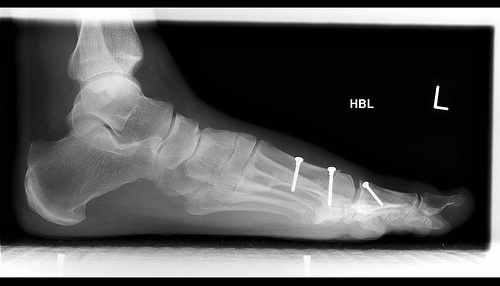As I wrote a couple of weeks ago, I have been charged by the Society for Pentecostal Studies to present a paper at their annual conference that addresses what emergence and Pentecostalism have to learn from one another. The first thing to consider, I think, are the origins of the two movements.*
The Wittenburg Door moment of Pentecostalism, of course, is the revival that took place at the Azusa Street Mission in Southern California in 1906. What I did not know was that there had been other manifestations of glossolalia for about a century prior to that, including little bursts of tongues among some Prussian soldiers, a Presbyterian church in Scotland, and a Bible college in Kansas.
The origin of emergence has no parallel date-certain. Neither does it flow from one confessional stream, as Pentecostalism did from Wesleyan Holiness. And, of course, movements spread a lot differently, and more quickly, in our era of new media (on this, see Dwight Friesen).
In the end, I don’t see many similarities in the origins of the movements, unless some of you can enlighten me.
And I’ll admit here and now that I am relatively skeptical revival in general and tongues and healing in specific. This is an intellectual hurdle for me as I prepare this paper. I’m not proud of that fact, and I don’t admit it to demean my Pentecostal friends, and the scholars whom I will be addressing in a couple weeks. I just admit it in order to get it out there on the table.
*I do consider emergence a “movement,” at least as understood in the classification of New Social Movements. I go to some length in my dissertation to argue that.











